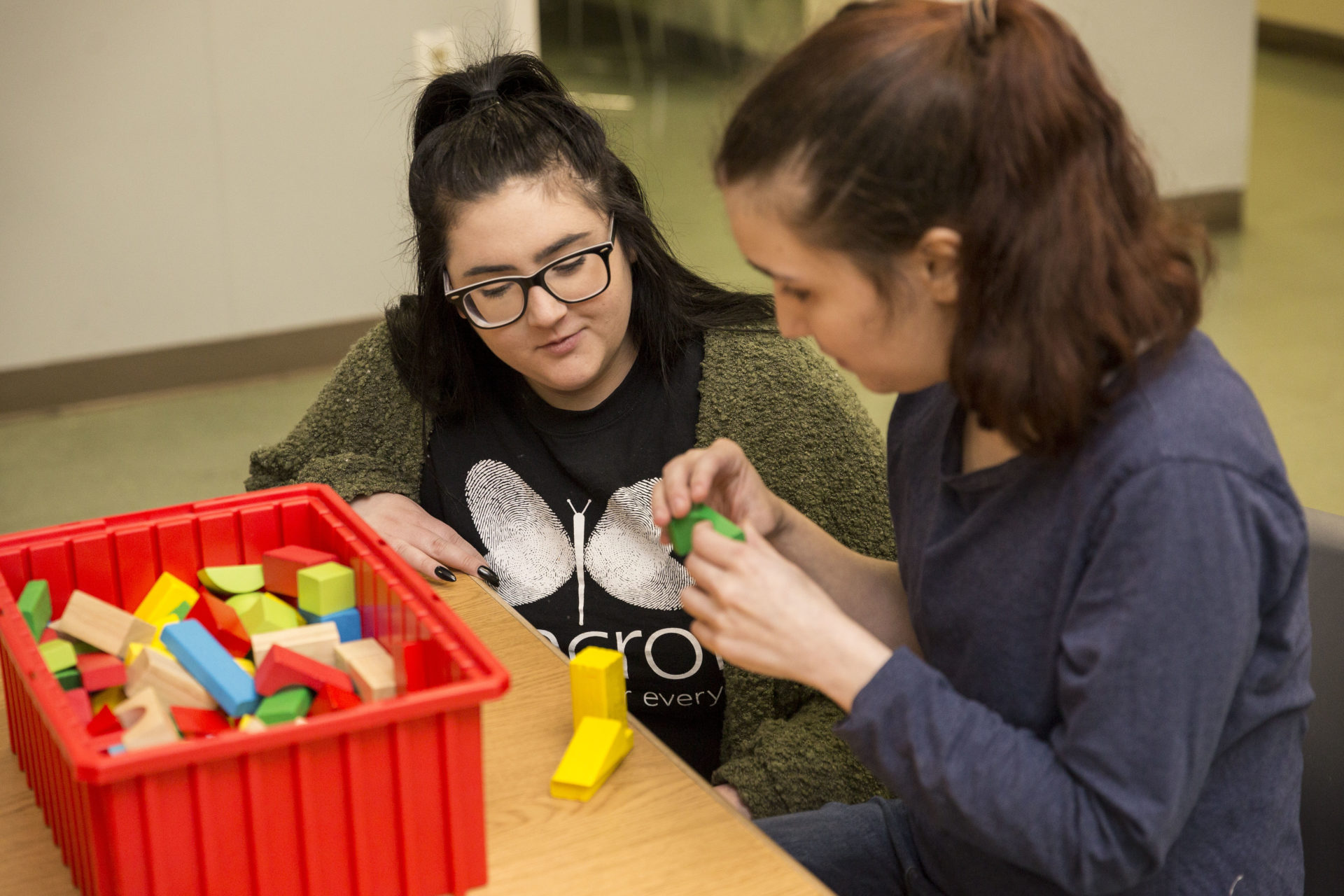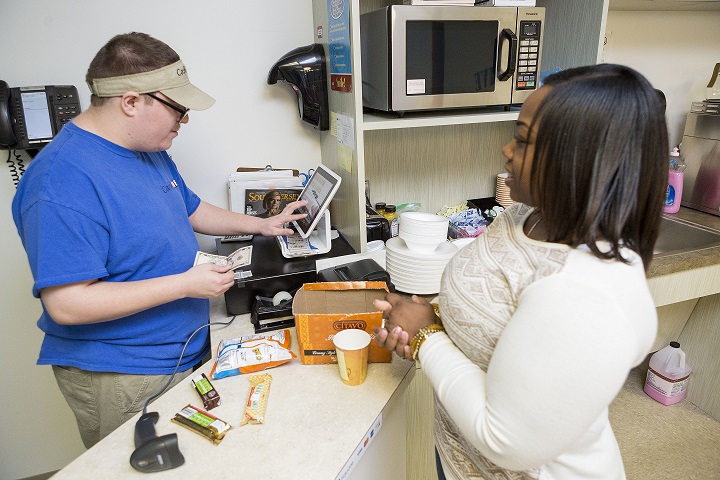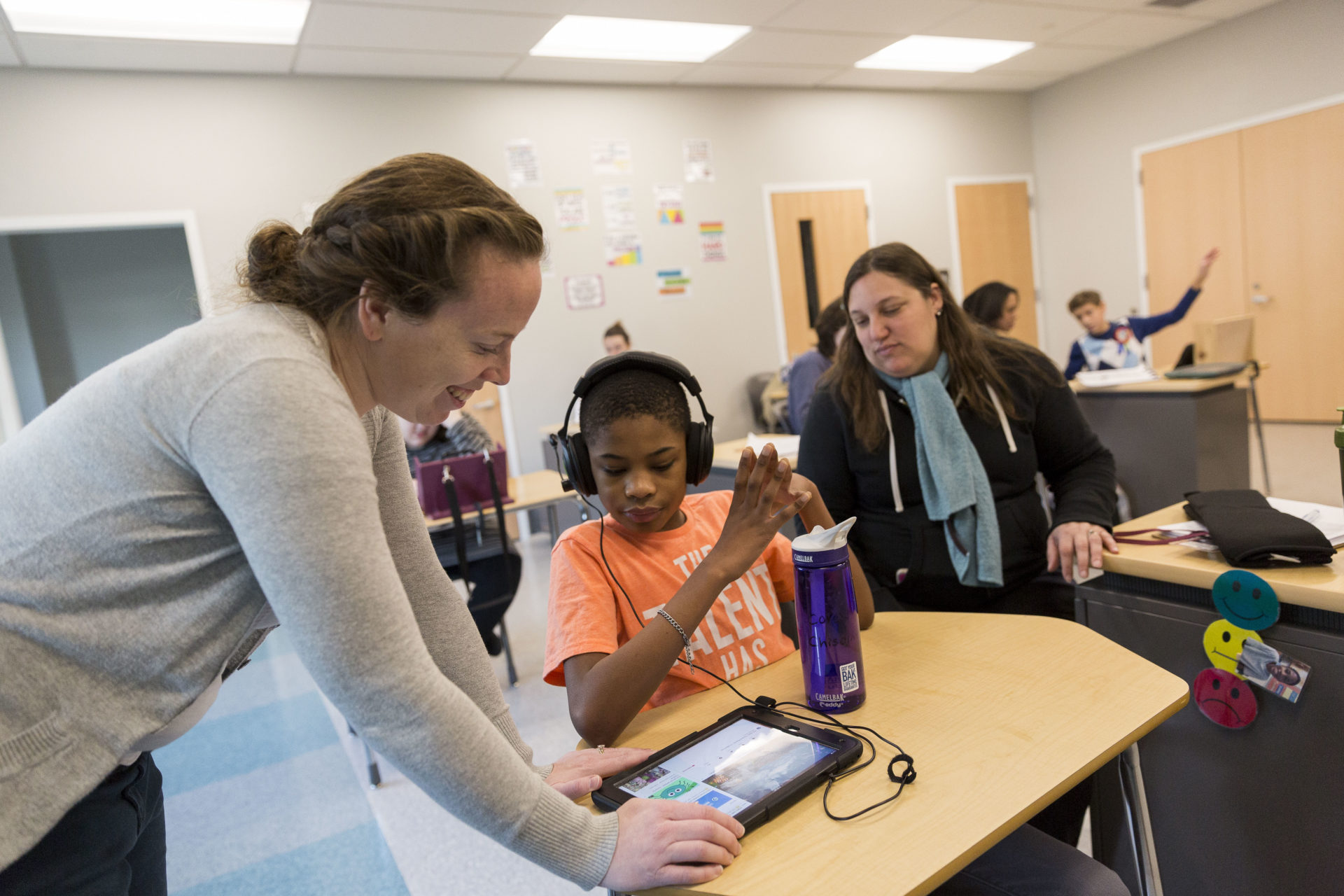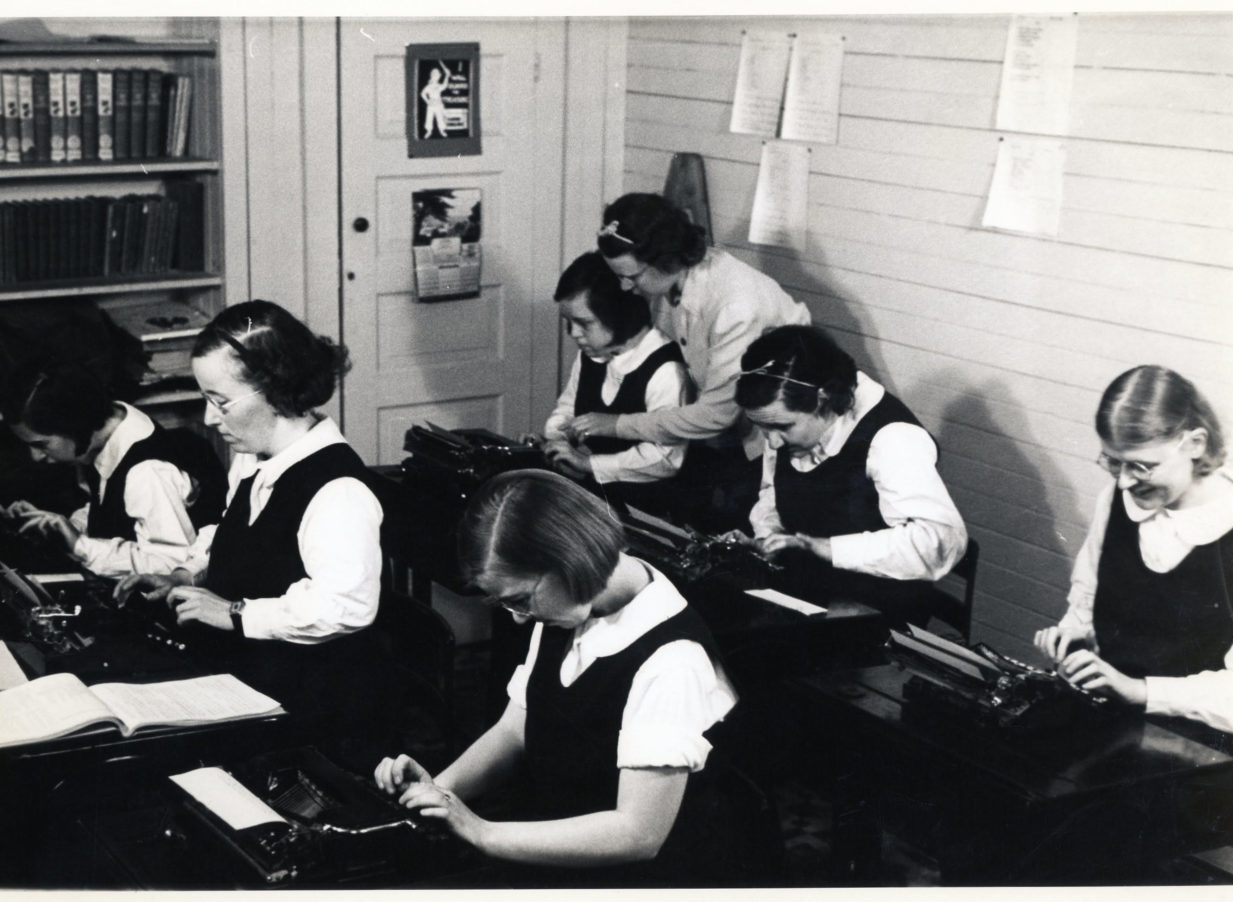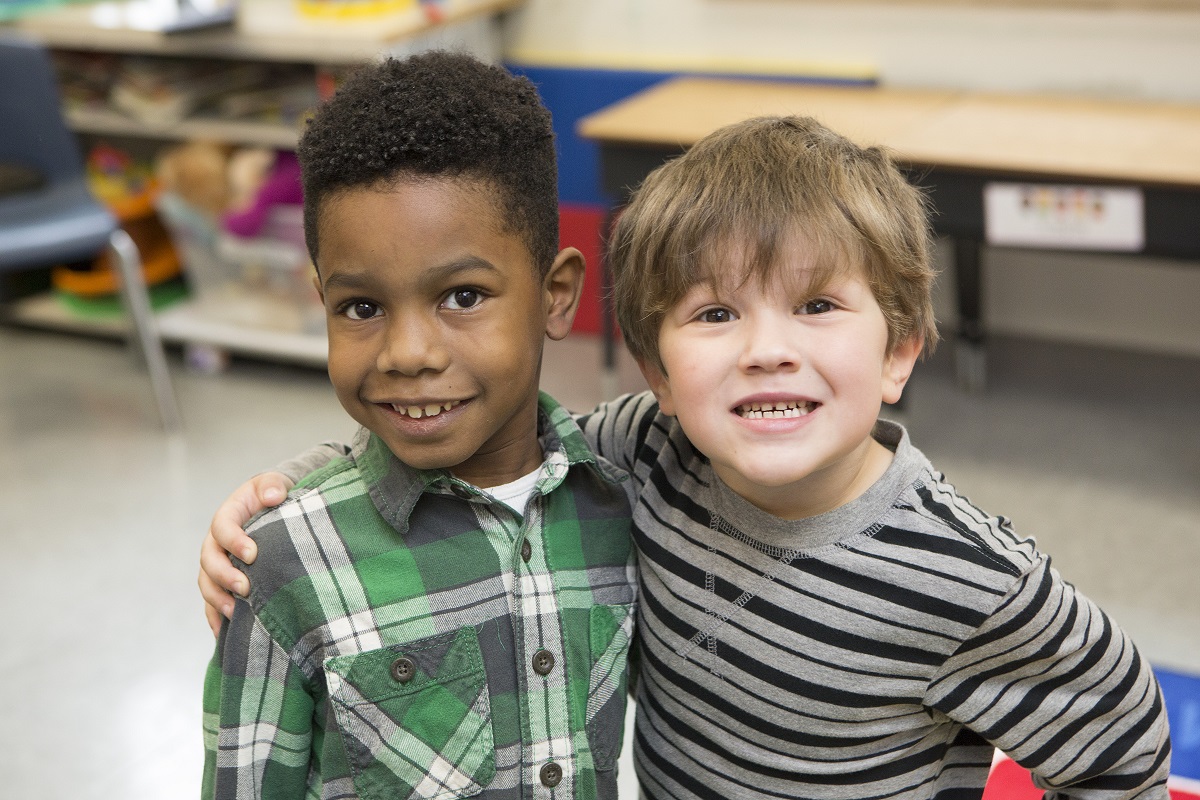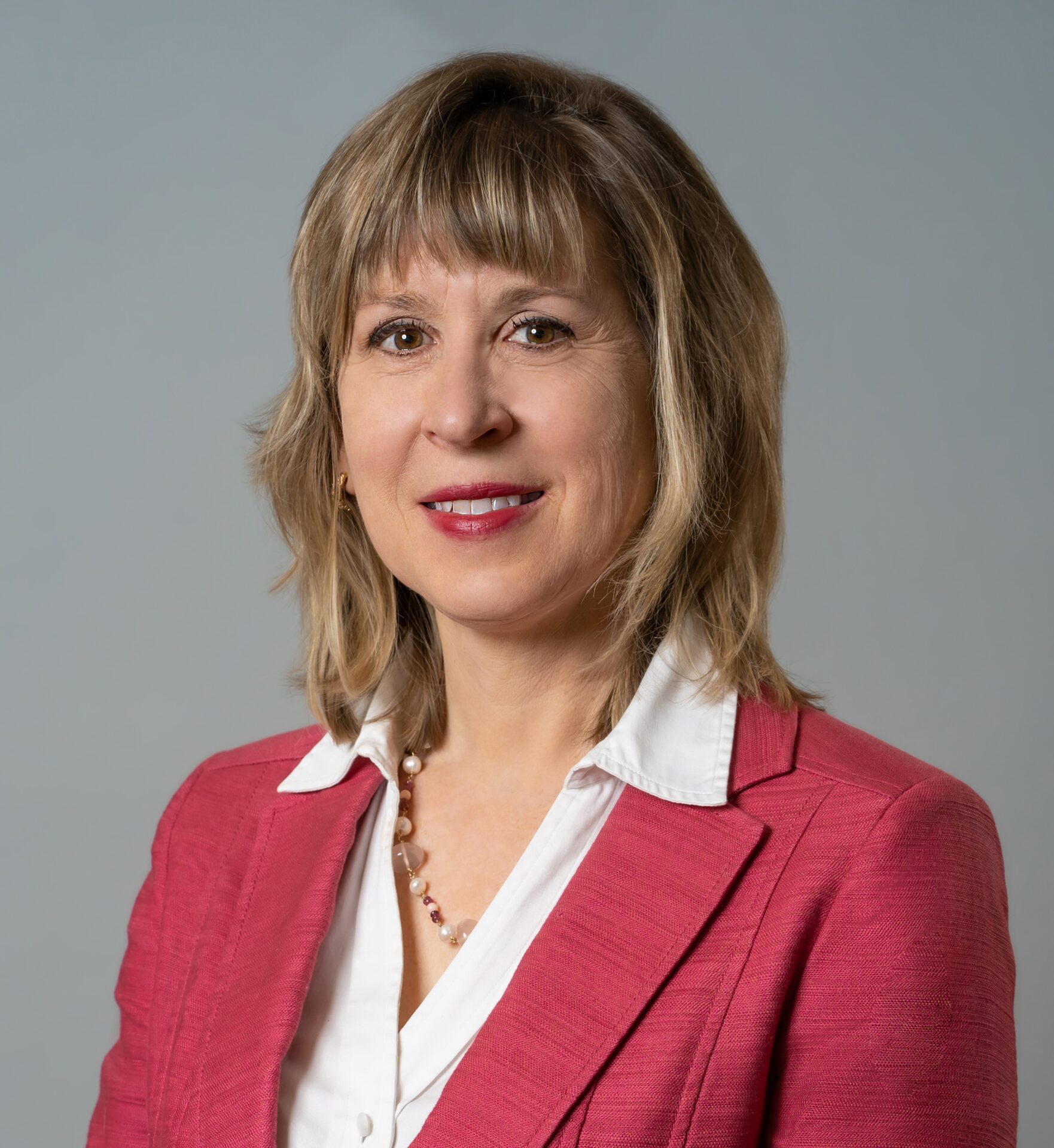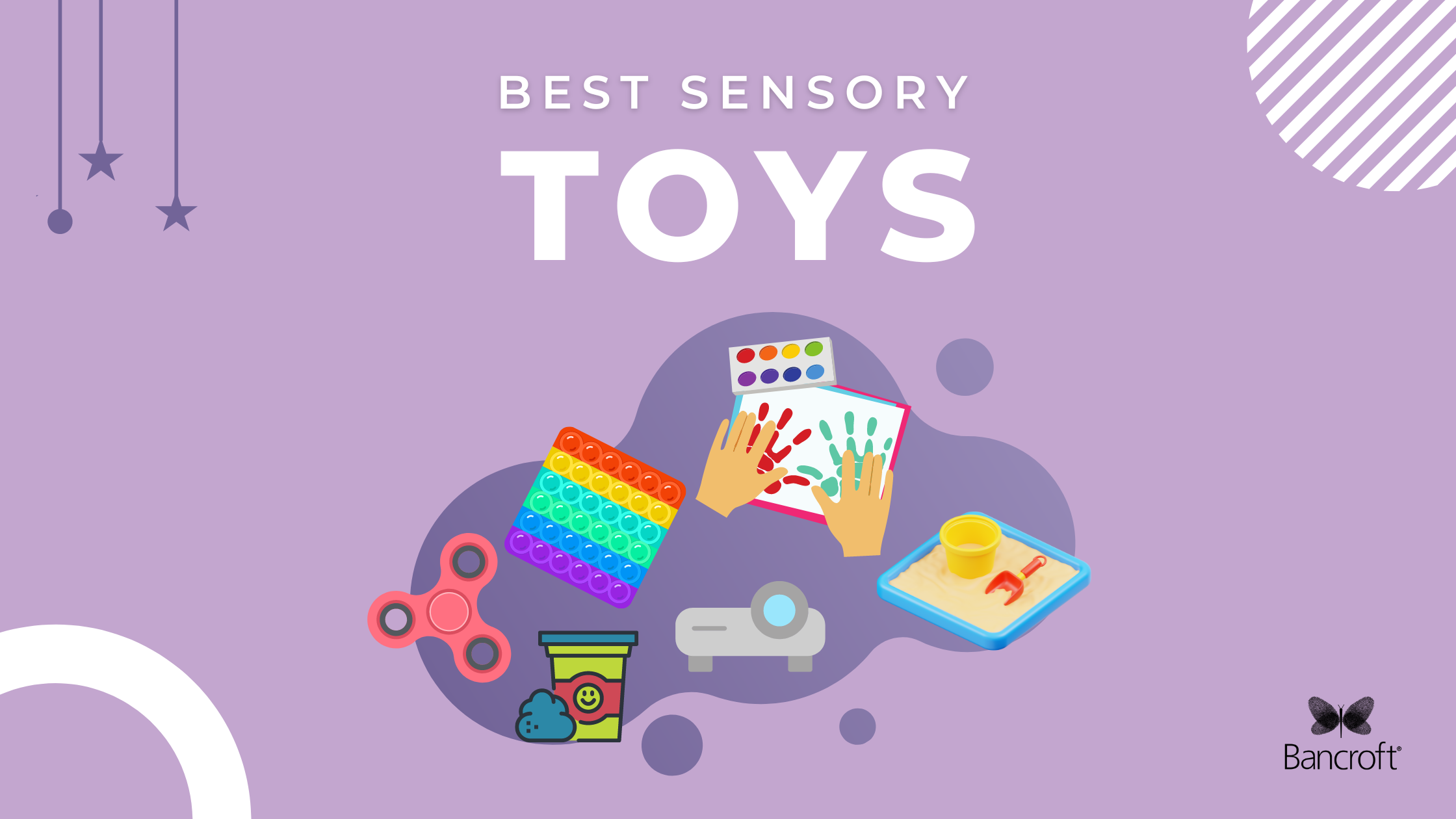Lucas Ramirez has a personality much bigger than his 7-and-a-half years. Smart as a whip with bright eyes, a big smile and a sharp mischievous streak, he loves to play and make friends.
Looking at him in his classroom today, it’s hard to picture the toddler his parents recall.
Diagnosed with autism at age 2, Lucas has always had trouble connecting with others.
“To get his attention was hard,” recalls his father, Hector Ramirez. “It was like you were there, but you weren’t there; he wouldn’t acknowledge you. He seemed to be in his own world.”
As Lucas grew, he struggled to communicate. He learned a few words, but was mostly nonverbal. Over time, that inability to communicate became an increasing source of frustration.
That’s when the tantrums started: Intense, sometimes terrifying meltdowns that could last 45 minutes or more. Lucas would bite, scratch, kick and scream at others. He broke strollers, child-safety gates, toys – even ripped cabinet doors off their hinges, says his mother, Sara Miller. By 18 months, Lucas was strong enough to pull chunks of hair from his mother’s head. Miller’s arms were so scratched and bruised she was embarrassed to wear short sleeves.
Eating out was out of the question. Even taking walks was a struggle, with Lucas prone to throwing himself out of the stroller.
“Every day was a battle,” Miller recalls. “I would go to church alone on Sunday, sometimes just to have those 40 minutes to myself.”
More concerning was Lucas’s self-injury.
“When he would get angry or get frustrated, he would start banging his head, over and over again,” Hector said. “We didn’t know what to do, or how to stop it.”
Lucas’s strength, coupled with his high tolerance for pain, worried his parents on multiple levels.
“It’s painful, it’s frustrating,” said Ramirez. “He was my son and I loved him, but I didn’t know what to do for him. I just felt helpless.”
Lucas enrolled in public preschool when he was 3; almost immediately, his home school district determined Lucas would need more personalized attention than they could provide.
They referred him to the Bancroft School’s Early Education Program in Cherry Hill.
“He had lumps on top of lumps on his head. We thought they’d never go away.”
Lucas entered Early Education in July 2013. That’s where he met Kate Hosier, the behavior analyst who has worked with Lucas since his first day.
“Lucas was very aggressive for a 3-year-old,” Hosier recalls. “His aggression stemmed from his inability to communicate. Maybe he wanted a toy, or there was something he didn’t want to do. Instead of being able to say ‘I want this,’ or ‘I don’t want that,’ he would melt down.”
His team at the Bancroft School put together an individualized program of therapies, interventions and strategies that, over time, began to chip away at Lucas’s behaviors by providing him the tools he needed to express himself.
It started with developing language – first, to use for labeling, and gradually, to begin to convey thoughts. As his skills improved, his behaviors slowed – including his head-banging, which had his family on the verge of putting him in a helmet.
“Within weeks, the head-banging lessened. The first ‘win’ for us was when his head-banging stopped. They actually got through to him, and it stopped,” Ramirez said.
“He had lumps on top of lumps on top of lumps on his head that we thought would never go away. Within six months, those bumps started to heal.”
“I felt a level of relief I couldn’t find anywhere else.”
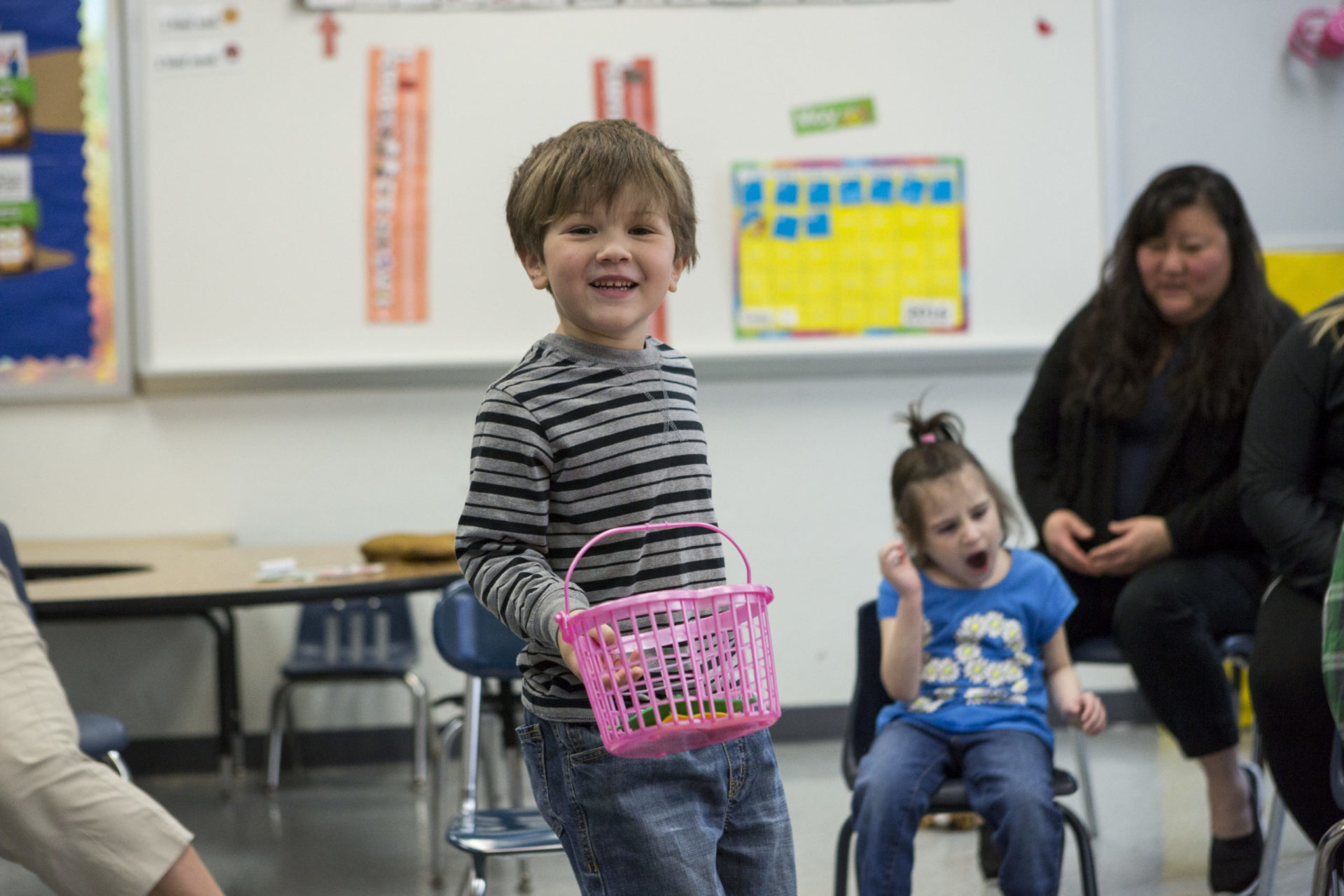
Having a child with severe autism was overwhelming for Ramirez: At his lowest point, the veteran police officer considered quitting his job, daunted by the prospect of caring for a child with such intense special needs.
After-school care was hard to find. A daycare facility expelled Lucas within a week because of the intensity of his behaviors. Ramirez turned to family and friends to bridge the gap between the end of the school day, and the end of his shift.
“This was my first child. As a parent, there was so much guilt,” he recalls. “I felt like I had put him in this situation. I felt responsible, like this happened because of me, and I felt helpless.”
Shortly after Lucas arrived at EEP, Ramirez shared his biggest goal for his son: “I told them I looked forward to the day I could just have a conversation with my son.”
Little by little, Ramirez noticed his son would come home repeating new words and letters. Today, he finds himself continually surprised by the thoughts that come out of Lucas’s mouth.
“I did the best I could at home, but Bancroft has had so much more success with him,” Ramirez said. “It’s a testament to their level of skill and dedication. They took a personal interest in my son; they bonded with him. You can see it in the way they look at him, they way they handle him.”
“And I know the level of work it took to get to this level of success with him.”
Erin Donohue, Lucas’s speech therapist, says individualization has been the key to his progress.
“Where some children need a lot of structure, Luke tends to do better when he has more choice, so we’ve always played a lot off of him and how he reacts,” she said. “For example, I’ll turn a lot of his sessions into games so he feels less like he’s doing ‘work.’ We’ll give him a more active role in shaping his session. He knows I’m going to make him feel valued.”
Today, Lucas’s teachers and therapists say they’re starting to see his personality emerge in ways it hadn’t before.
He likes to make friends – and loves to make people laugh. He’s become a helper in the classroom, and is protective of other children.
“He’s grown from a child who came to us hitting and kicking and screaming, to someone who’s so concerned about other people’s feelings,” says Donohue.
For Ramirez, “even the small things we do now are so precious.”
He and Lucas can talk a little bit about the school day. They can go out for dinner, if they want. They can even ride the train together — one of Lucas’s favorite activities.
“We’ve been blessed to have the opportunity for him to go to school and grow the way he has,” Ramirez said. “From where he started to where he is now, he’s a completely different kid.”

